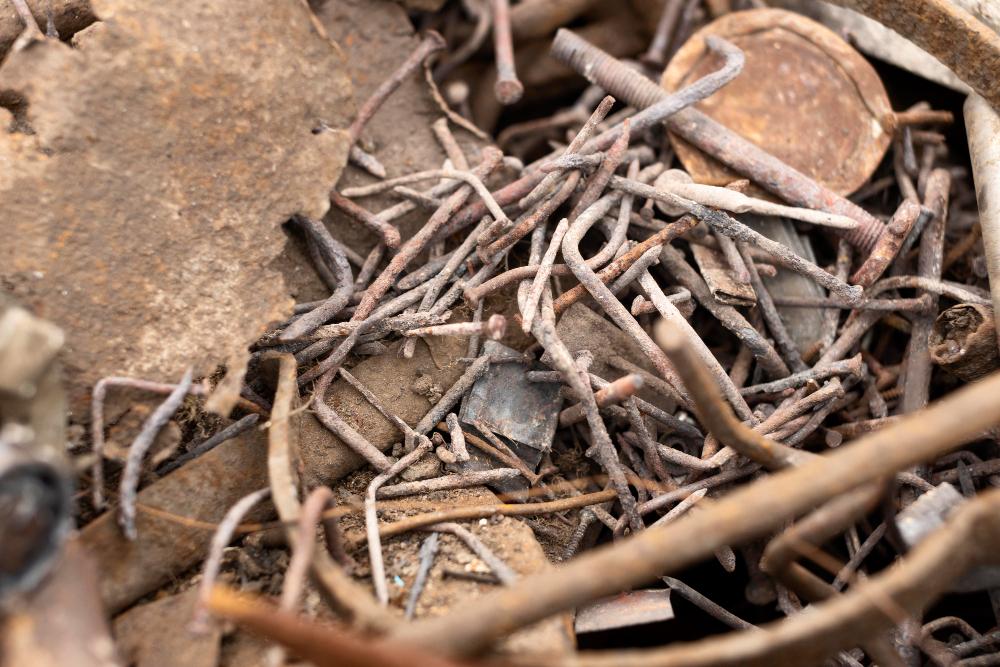

APR 05, 2024
Welcome to the beautiful world of copper scrap! If you're new to scrap metal recycling, understanding its various grades of copper is crucial to becoming successful at recycling efforts. So whether you're an amateur buyer of scrap or simply curious, this guide by RCM Recycling is here to help you navigate these complex grades quickly and confidently - let's do this together!
Before we dive deeper, let's define our terms clearly: Copper scrap is any piece of discarded copper that no longer serves its original function or purpose and can be recycled. Thus, copper scrap not only supports environmental sustainability but also allows individuals and companies to profit from waste!
Understanding grades is vital in scrap metal recycling, as the grade of your copper scrap can significantly influence its value. Higher-grade copper fetches higher prices, as less processing and refinement will be needed before reuse occurs. This distinction is essential for making informed decisions as a scrap metal buyer or seller.
As its name implies, #1 bare bright copper is highly prized and sought after by scrap metal companies due to its brilliant shine and absence of corrosion. Usually found in unalloyed wire or cable, its purity makes this grade highly sought after by buyers of scrap metal products.
Topping off its hierarchy, #1 copper refers to unalloyed, clean copper free from coatings or paint but less shiny. Familiar sources include tubing or wire. Buyers favor #1 copper's excellent quality and recycling potential.
Next in line is #2 copper, consisting of unalloyed pieces covered in paint, solder, or any number of coatings (paint, solder), possibly including some pieces that have oxidized or become slightly tarnished over time. Even though its purity levels don't compare to #1 copper's standards, #2 is still valuable to companies seeking to recycle or repurpose materials in some capacity.
At the lower end of the grade scale is #3 copper or low grade. This category covers heavily oxidized, coated, or soldered copper materials that require extensive processing before becoming recyclable. However, not very valuable, low-grade copper plays an invaluable role in scrap metal recycling by providing even degraded pieces with new life through recycling programs.
Do you want to know how to identify what kind of copper scrap you own? Trying to recognize its grade may prove challenging for beginners; here are a few suggestions for identifying it effectively:
Copper Scrap Recycling Scrap metal recycling offers numerous environmental and economic advantages that cannot be overstated, particularly copper recycling. It reduces mining and processing of raw materials, conserves energy use, and lowers greenhouse gas emissions; scrap buyers and sellers benefit economically from copper recycling programs!
Acknowledging copper scrap grades is vital when recycling scrap metal. Whether you are an established buyer or just getting started, understanding these distinctions can make an immense difference to your recycling ventures and create a more eco-friendly world. Remember, every piece of copper has a value that should be maximized to increase sustainability!